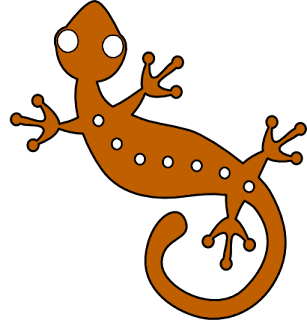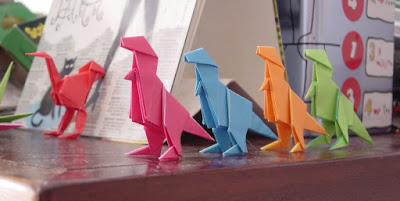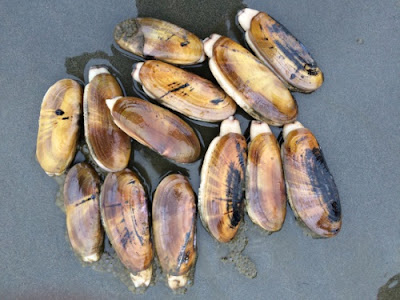Social Amoebas and You

While naturalists have their systems and rate various living things are primitive or advanced, many other recognize that our Creator has designed organisms for ecological niches. Sure, why not? Human societies have seemingly less important people to make society function, God has placed social amoebas and the like in the biosphere. Physarum polycephalum image credit: Flickr / Bernard Spragg It may seem funny or "alpha male" to eat moldy bread, but that is potentially dangerous; some molds can be scraped off and the food is still safe, others must be discarded . Mold has a function, even if people find it disgusting at times. There is another kind of mold that many have seen but may not be able to identify. One of its names is "social amoeba" because it is actually a colony comprised of single-celled amoebas. Another name is rather unpleasant: slime mold. The Latin name Physarum polycephalum is cumbersome. It is often found in wooded areas. In a surprising bit of b


















